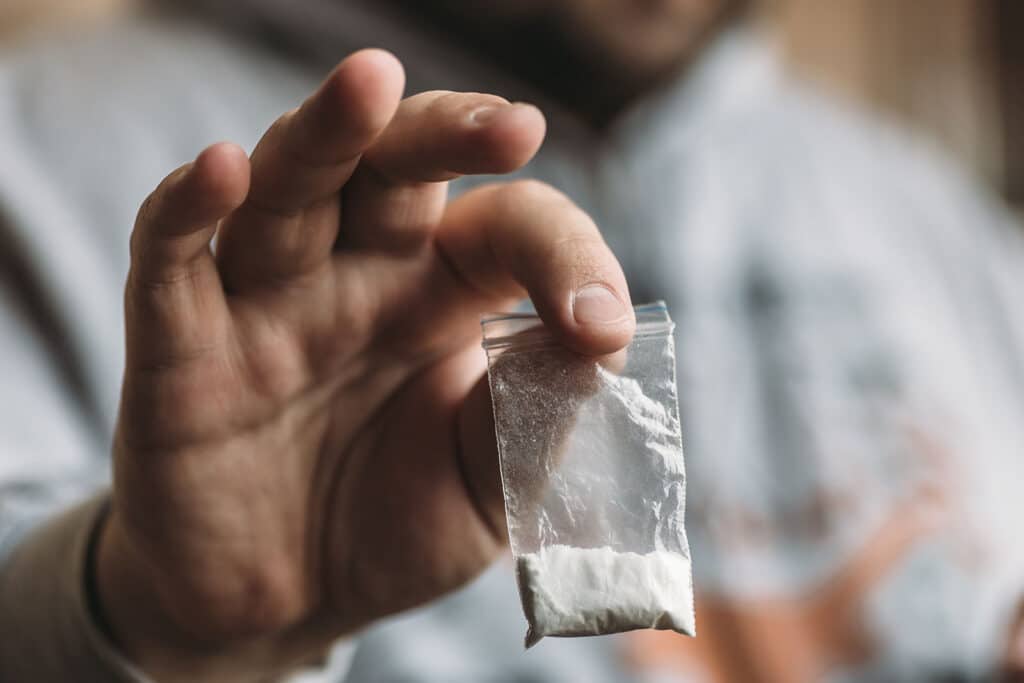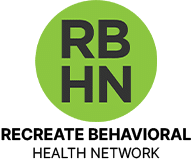With the uncontrollable spread of cocaine addiction/dealing in New Jersey, treatment facilities are at the center of a difficult war.
Luckily, that state’s centers have always been up to the task, contributing to its community’s sobriety for years.
If you’re not familiar with how treatment centers care for cocaine users, this post is for you. It covers how cocaine works, how its addiction starts, and how treatment helps patients resist relapsing.
What Is Cocaine and How Does It Work?
Cocaine is a white/off-white euphoria-inducing stimulant that’s extracted from coca leaves, which are native to South America. These leaves are processed and mixed with other chemicals, such as lactose, glucose, or baking soda to make that white powder.
The drug is known to stimulate the central nervous system, keeping its consumers more alert and energetic for long periods.
Most people associate cocaine with the classic white powder, but that drug has another form: solid crystals.
Although both are different variants of the same substance, they differ in how they’re consumed. Powder is usually snorted or injected, while crystals are often smoked.
How Does Cocaine Work?
Cocaine works by targeting the dopamine reward system. When your brain releases dopamine, it flows to a small gap between neurons called the synapse.
That neurotransmitter then attaches to the receptors on the neighboring neuron, where a transporter recycles excess dopamine to be used again.
That’s where cocaine comes in. It targets the dopamine transporter, preventing it from removing dopamine from the synapse.
The accumulation of dopamine in the synapse is what induces that euphoric sensation, prompting cocaine dependence.

Why Do People Start Consuming Cocaine?
As addictive as it is, we often wonder why people start consuming cocaine/crack. Why would someone walk down that path?
There isn’t one definitive answer to that question, as several variables factor into the equation.
1. Stress Relief
Stress might be the most common incentive for consuming cocaine. Everyone faces severe stress at one point, whether it’s school, work, or personal relationships.
A 2022 study shows that 27% of Americans feel so stressed most days they can’t even function properly. Most people associate stress with the fight-or-flight response it stimulates, but there’s more to it than that.
It can increase your heart rate, cause fatigue, prompt chest/muscle pain, and disrupt your sleep. While some can face that pressure with healthy coping mechanisms, others succumb to it and let it take over their physical and mental health.
Experiencing extreme stress levels with no outlet, people resort to drugs to reduce that stress.
2. Coping with a Loss
People often respond to loss with shock and denial, then proceed to grief. As they navigate that emotional turmoil, they eventually come to terms with the reality of their loss.
That’s when they regain their sense of self and start moving forward in life again. Unfortunately, not everyone goes through the grieving process that seamlessly.
As much as movies and novels love to romanticize it, grief is an intense emotion that can drain people physically and emotionally.
Not only does it leave them with an unrelenting sense of emptiness, depression, and anxiety, but it also prompts exhaustion, weight loss, and body aches.
Not everyone can cope with all these emotions. So, some start consuming cocaine to alleviate that sadness.
3. Wanting to Blend In
We live in a society that glorifies drinking alcohol and consuming drugs. Movies often make cocaine look glamorous and exciting. It’s only natural that such propaganda would increase cocaine consumption rates.
Human beings are social creatures. We usually seek companionship and want to avoid feeling left out at any cause.
That prompts some people to cross certain lines to feel like they belong. That includes consuming cocaine if that’s what it takes to be accepted.
4. Boredom
This reason is usually associated with teenagers and young adults, as they don’t have adult responsibilities like college, work, or paying the bills.
We often dismiss boredom as a trivial emotion, one that we can get rid of by watching a movie or playing a video game. It’s not that simple, though.
Boredom is suffocating and can drive people to search for extreme brain stimuli. A 2023 study claims that it reduces people’s sense of pleasure and can even cause depression.
While many find hobbies or stick to social media to fight boredom, some decide to try drugs. Unfortunately, consuming cocaine at an early age makes it harder to quit when they grow up.
5. Genetics
Environmental factors aren’t always the driving force behind cocaine consumption. Genetics can play a role as well.
If you have a parent who struggles/struggled with cocaine addiction, you’re more likely to consume drugs at one point than the average person.
A 2021 study shows that people with addicted parents have a 50% more chance of developing drug addiction. Several studies have entertained that premise and produced the same results.

What Are the Symptoms of Cocaine Abuse?
Symptoms of cocaine abuse will differ, depending on how long the person has been consuming it and the intensity of their addiction. Common symptoms include:
- Mood swings
- Headache
- Anxiety
- Dry mouth
- Aggression
- Dizziness
- Hyperactivity
- Insomnia
- Bloating
- Cravings
- Chronic runny nose
What Are the Harmful Effects of Cocaine Use?
The harmful effects of cocaine use depend on its form (crack or powder) and the method of consumption. That said, there are common effects that people experience regardless of these factors.
Short-Term Effects
As the name suggests, these are temporary reactions that drug abuse stimulates:
- Dilated pupils
- Increased heart rate
- Narrowed blood vessels
- Hypertension
- Excessive high body temperature
Longer-Term Effects
Long-term cocaine use prompts adverse health problems that can put your life in danger.
These include:
- Heart disease/heart attacks
- Kidney issues
- Belly pain
- Loss of smell
- Nose bleed
- Coma
- Lung damage
- Trouble swallowing
- Seizures
- HIV
- Bowel decay
- Belly pain

Treatment Options for Substance Abuse
Treating drug misuse is a long journey, but treatment centers have come a long way these past few years, making the process as seamless as it could be.
The type of treatment you choose should depend on your condition and the level of care you require. Here are the most common treatment options.
Detoxification Program
Detox is the first step of every treatment program. It’s where patients stay in an addiction treatment center to get the remaining traces of cocaine out of their system.
It’s one of the most gruesome phases of the treatment, as patients usually experience nausea, physical pain, and irritability. That’s why it always takes place under the supervision of professional healthcare providers.
They can offer patients drugs at calculated doses to alleviate the sickness and pain they’re experiencing.
Inpatient Treatment Program
Inpatient treatment programs are what most people imagine when they think of drug abuse treatment. It’s where recovering patients stay in a treatment facility until they finish the program.
The idea is to keep patients away from the environment that prompted them to consume drugs in the first place. With no distractions or temptations, they’ll have a better chance of making a full recovery.
Residential treatment programs offer patients the chance to live with people who have gone through the same experience. That makes it easy for them to understand and empathize with each other, creating an uplifting environment and increasing their chances of recovery.
Partial Hospitalization Treatment Program (PHP)
A partial hospitalization program (PHP) isn’t that much different from an inpatient treatment program.
Patients still go through an intensive treatment plan in a drug rehab center but are allowed to go home at the end of the day.
It’s perfect for those who require extensive care without leaving the comfort of their homes.
Outpatient Program (OP)
Outpatient treatment offers patients the same counseling/therapy services as a PHP, but they usually take less time of their week. So, patients can go through treatment while working or studying.
The number of therapy sessions a person may need depends on the intensity of their addiction. However, most patients go to one or two sessions a week for 2-3 hours.
Aftercare Behavioral Therapy
Finishing a treatment program is one thing. Maintaining long-term sobriety is another. Once patients go back to their normal lives, they might experience the same cravings that led to their substance use disorder.
That’s where behavioral therapy comes in. It allows them to identify the destructive behavior that can lead to relapse and teaches them to develop healthy coping mechanisms.
Behavioral therapy includes:
Cognitive Behavioral Therapy (CBT)
Cognitive behavioral therapy (CBT) helps patients understand the thoughts and emotions that led to drug use. It teaches them to build their confidence, use logic to solve problems, and learn to calm their minds, prompting long-term relapse prevention.
Dialectical Behavioral Therapy (DBT)
Dialectical behavioral therapy (DBT) targets those experiencing the stress that follows finishing treatment. It helps them manage their feelings and make positive changes in their lives.
Contingency Management (CM)
Contingency management is a therapeutic intervention that rewards patients for making positive changes in their lives.
These rewards depend on the patient’s individual goals. They could be money, gift cards, or personal prizes.

Support Group Programs
Support groups establish a healthy community where each member supports and uplifts the other. They offer a coveted environment that individual therapy can’t. Such programs include:
Group therapy: People struggling with drug addiction tend to isolate themselves to avoid judgment. So, being part of a supportive community helps them open up to the treatment process.
Family therapy: Familiar relationships can affect the success of recovery. So, family therapy can teach patients’ family members and loved ones how to support them during these difficult times.
Final Thoughts
Cocaine use has become a global plague that threatens countless communities around the globe. Luckily, cocaine addiction treatment is more accessible now than it’s ever been.
Whether it’s inpatient, partial hospitalization, or outpatient programs, you want to identify your needs as a patient and choose a program that meets these needs.


